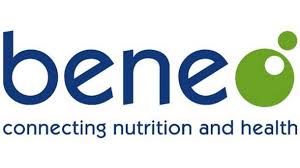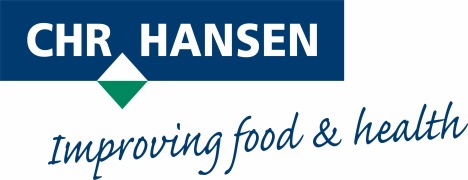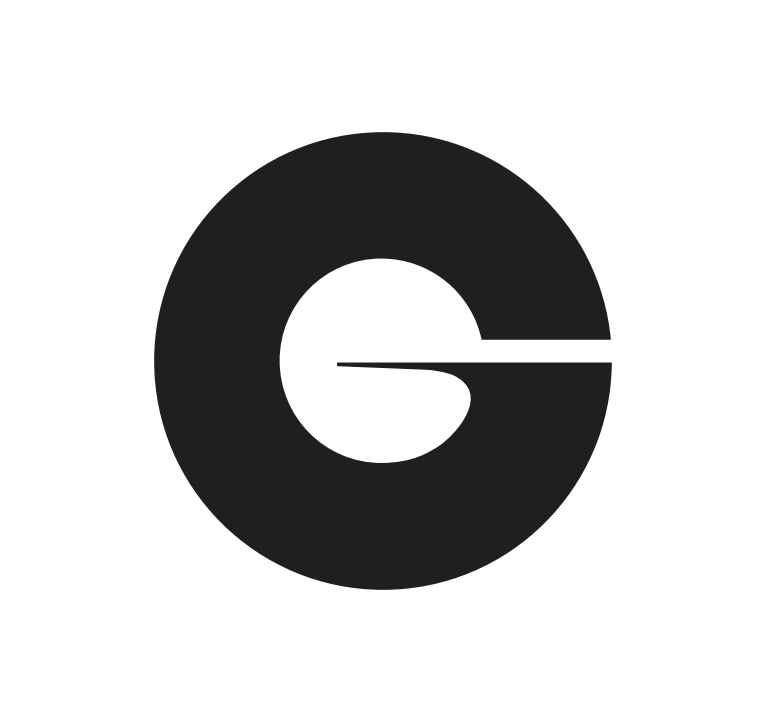News
Natural colour use continues to rise
18 Nov 2019The number of companies using natural colours continues to grow on a global basis, registering a 6% increase in 2018 compared to the previous year, according to Innova Market Insights.
Natural colours have been big news for a number of years, but they have seen a surge in use recently, particularly in baked goods, snacks, confectionery, cakes and gummies, as consumers and manufacturers alike demand clean label foods and beverages. Increased use also reflects the strides made by suppliers, as they increasingly have tackled the challenges often associated with natural colours, such as ensuring they are shelf stable, heat-, light- and pH-stable and cost effective.

Caramel colour was the top natural colour tracked by Innova, appearing in 25% of new naturally coloured products, followed by paprika oleoresin extract at 19%. Carmine appeared in 11% of product launches, despite facing some controversy in recent years after some consumers were disconcerted to discover that the colour was sourced from insects.
Mineral-based titanium dioxide, which provides a bright white colour, appeared in 7% of products tracked. Although it is naturally occurring, the colour is officially classified as artificial in the European Union, and some organisations have raised concerns about the potential for nanoparticles in the colorant to cross biological barriers in the body and cause cancer. However, the European Food Safety Authority (EFSA) has found no evidence that it is carcinogenic in food, and neither has the US Food and Drug Administration.
Nevertheless, use of titanium dioxide is on the decline, and companies like Beneo, IFC Solutions and Sensient Food Colors offer a handful of alternatives.
Fruit juice concentrate accounted for 6% of naturally coloured products in 2018, as more companies have turned to the natural colouring capacity of foods. Companies like GNT Group, Chr Hansen, Wild, Naturex and Frutarom have been at the forefront of developing colouring foodstuffs that can compete with artificial colours when it comes to vibrancy and versatility in use.
Compared with natural colours, colouring foodstuffs carry an added advantage, as they are classed as ingredients rather than additives, meaning they do not need an E number classification.
What is more, the way brands communicate the source of a food colour can enhance their impact, according to research from GNT conducted with TNS. It found the claim “coloured with fruit and vegetables” led to significant brand preference, even when a product was more expensive.
According to Mintel data, global use of natural colours overtook synthetic in value terms in 2011, and more than 90% of new European product launches have been naturally coloured since 2012. Nevertheless, this latest data from Innova suggest there is still room for growth in the sector, at least on a global basis.




